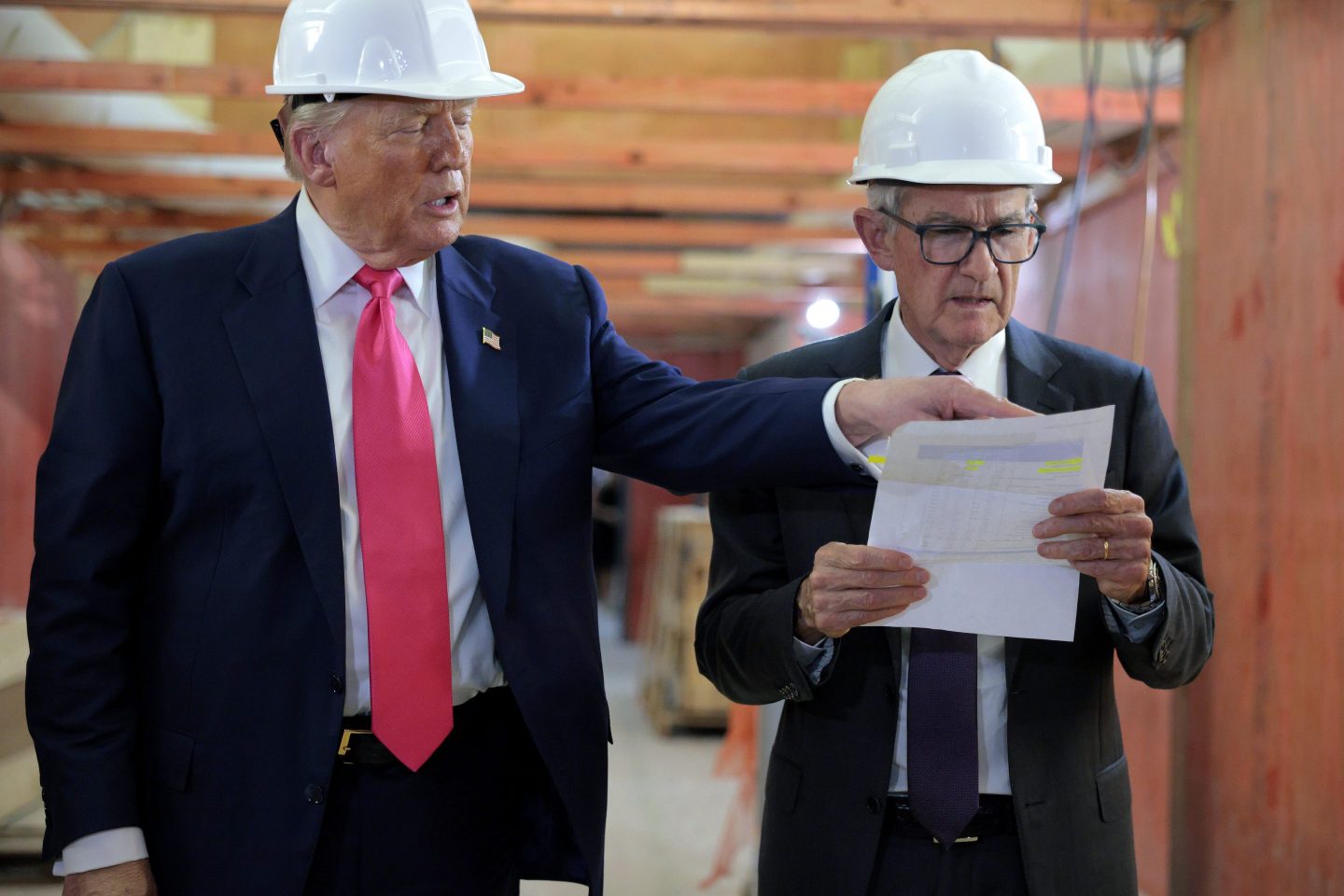Stablecoins, or cryptocurrencies pegged to fiat currencies like the U.S. dollar, are all the buzz in crypto. After fintech giant Stripe acquired stablecoin startup Bridge for more than $1 billion in February, investors have argued that the tokens are crypto’s first “killer app.” It’s no surprise, then, that venture capitalists are willing to make big bets on fledgling stablecoin founders.
On Friday, Codex, a startup that’s building its own blockchain designed specifically for stablecoins, announced that it’s raised $15.8 million in a seed round led by Dragonfly Capital. Other investors include the venture arms of Coinbase and Circle, which filed to go public on Tuesday. Crypto market makers like Cumberland, Wintermute, and Selini Capital also contributed.
Dragonfly put in about $14 million to the round, general partner Rob Hadick told Fortune. The raise was for equity and token warrants, or promised allocations of a yet-to-be-released cryptocurrency, Haonan Li, the 30-year-old cofounder and CEO of Codex, said.
“I predated all the buzz,” he said laughing, when asked how long ago he began working on stablecoins.
After Li graduated from University of Pennsylvania in 2019, he worked briefly at the quantitative trading fund Verdad Advisers. However, during his stint in finance, he became disillusioned with making money for money’s sake and wanted to do something he found more meaningful. “I moved from a midtown skyscraper to a little hacker house in LA,” he said.
He started working on Optimism, a layer-two blockchain that aims to speed up and reduce the costs of Ethereum, one of the original decentralized protocols whose cryptocurrency is the second most valuable next to Bitcoin. During this period, Li rubbed shoulders with iconic crypto figures like Ethereum cofounder Vitalik Buterin, and helped launch Optimism’s cryptocurrency.
In 2023, he left to found his own company “with the hunch that stablecoins are what’s most important to focus on,” he said. “At the time, this was a pretty contrarian view among these core crypto people.”
Li has two other cofounders: Victor Yaw, whose family owns Samling, a Malaysian conglomerate that includes oil palm plantations and real estate developments; and Momo Ong, who graduated from Princeton University, worked as a product manager at Meta, and founded his own startup prior to Codex.
Li believes that general-purpose blockchains will never be as efficient as single-purpose decentralized computing platforms. “They want to address as large of a market as possible,” he said, referring to most blockchain founders. “And so they end up addressing none of the particular industry segments all that well.”
That’s why Li thinks his layer-two stablecoin chain, built on top of Optimism, will be competitive. It’s optimized for stablecoins from the ground up, he says. Fees to send stablecoins don’t rise or fall sharply depending on increased or decreased activity on the blockchain. There are built-in offramps, or relationships with crypto exchanges or local brokers to cash out stablecoins into fiat currencies. And, while blockchains are public databases, he’s working to give users the ability to make certain parts of their transactions confidential, he said.
He’s not the first founder to gin up his own stablecoin blockchain. Others, like Plasma, are also building out their own infrastructure. But Hadick, the general partner at Dragonfly, believes Li has the best shot at success.
“It is something people have talked about,” he said, in reference to stablecoin chains. “It is not something that anybody else has done well.”












